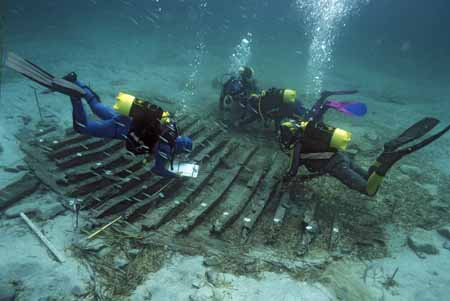Archaeologists have started studying ‘performance’ in the archaeological record. But what about archaeologists themselves? Do they perform? How? Where? When?
Like Judith Butler’s notion of ‘performing gender’, archaeologists ‘perform’ themselves into being. Like in any other discipline, we learn by doing, and we ‘do’ according to how we are taught to ‘do’, within the constraints of the discipline’s framework(s).
We ‘perform’ what it is to be an archaeologist to the point of actually becoming one.
It starts out as strange and new, but we perform the actions of ‘archaeology’ until it has become a totally natural part of our everyday lives. Like babies, we learn to ‘speak’ – that is, we learn to master the technical terms, concepts, jargon, and general modes of expression which belong to our discipline. We learn to express ourselves in papers, which adhere to the characteristic format(s) and style(s) of archaeological publications. In this process of naturalization through performance, other disciplines start to look ‘strange’ because we have become so entrenched in a set mode of performance. This is also why Harrison Ford's 'performance' of archaeoloy in the Indiana Jones movies is so 'bizarre' to real archaeologists - it is a 'pseudo-performance', which does not actually adhere to the rules of the performance that constitute true archaeology. And yet, real archaeologists started wearing the Indiana Jones hat (for example) and many have really appropriated his image and 'pseudo-performance' within their own performance of 'archaeology'.
No single person set out to determine and enforce a certain way of ‘being’ for the discipline – it has itself developed organically, through its human agents both past and present which have effectively created and recreated it through their performance of it. Archaeology has been and continues to be performed by archaeologists, who are themselves ‘turned’ into archaeologists by ‘performing archaeology’ – this is a mutually constitutive relationship. It is in these actions, or ‘perfomance(s)’ that archaeology actually exists. We learn to conduct fieldwork – we ‘perform’ set actions it in the field. There are set rules and regulations on who performs it, how they perform it, where it is performed, and who is privy to it. Not just anyone is given a permit to go and dig any random hole anywhere they want – that would violate the rules of performance. Not just any theory, such as aliens building the pyramids, is accepted as a valid part of the performance.
We perform on many different stages, playing different roles:
- at school: we perform the roles of student, TA, professor; we learn to write papers, give presentations, grade papers, take exams, mark exams, and of course teach – all of these are performances which adhere to the characteristics of the discipline of ‘archaeology
- in the academic sphere: we perform at conferences, guest lectures etc.; we also perform in various university committees
- in the field: we perform our fieldwork (excavation, survey)
- in the public sphere: we perform as archaeologists to the public, disseminating information about the past and advocating for its importance and protection/preservation
- in 'experimental archaeology': we physically perform the actions of the people we study (think also of Tilley's phenomenological approach which is itself a very literal archaeological performance)
Archaeology is in many ways a grand performance – a ‘show’ put on by its many agents. Without the daily performances of archaeologists, there would be no ‘discipline of archaeology’.
The word ‘discipline’ is also crucial – both a noun and a verb, it nicely illustrates the way the performance is constrained – disciplined (in a very Foucauldian sense)– to adhere to certain boundaries, frameworks, or simply ‘rules of performance’. There are ‘rules’ which constitute what is appropriate in the performance of archaeology. ‘This is how archaeologists write, this is how they dig, this is how they interact with the public.’ And yet, it is through the breaking of these rules – the active agency of the performing archaeologist – that ‘archaeology’ as an entity and discipline can and does change. Performing outside the rules can change the rules of the performance. And therein lies the paradox – if you want to be an archaeologist you have to learn the rules of performance intimately, and how to play by them. And yet, at the same time it is necessary to sometimes break or bend the rules of performance in order to enact change or contribute something truly original. Sometimes you have to ‘perform’ outside the box. And thus, the grand performance of archaeology is in constant flux, as it molds us, and we mold it – performance performing the performer and vice versa.
A few performances of archaeology:
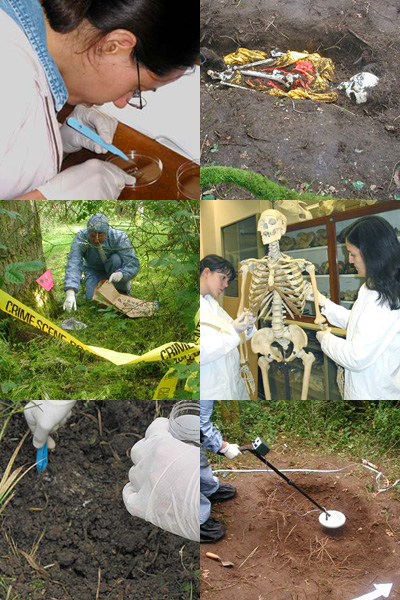
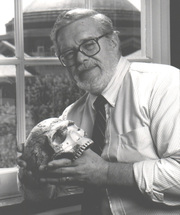
above on the right: Lewis Binford - note the white labcoat and the human skull - this is the archaeologist as 'scientist'
above on the left: archaeoloy as 'science'
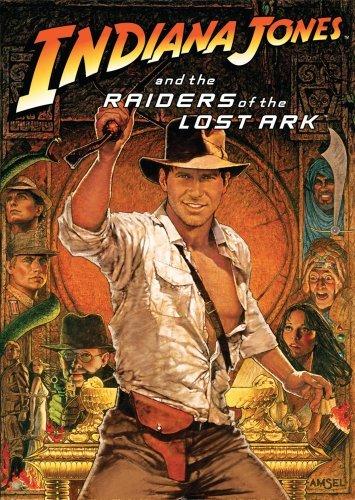
Indiana Jones - a 'pseudo-performance' of 'archaeology'
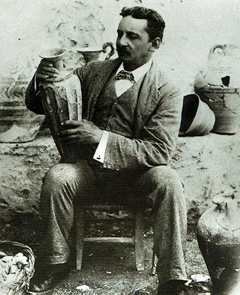
Arthur Evans - the origins of the discipline - 19th - early 20th century archaeology in action (note the nice suit and the holding of a museum-worthy object)
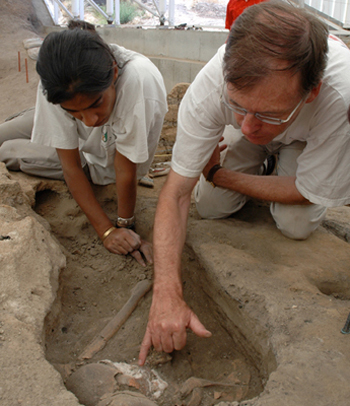
Ian Hodder - archaeology performed in the trenches today
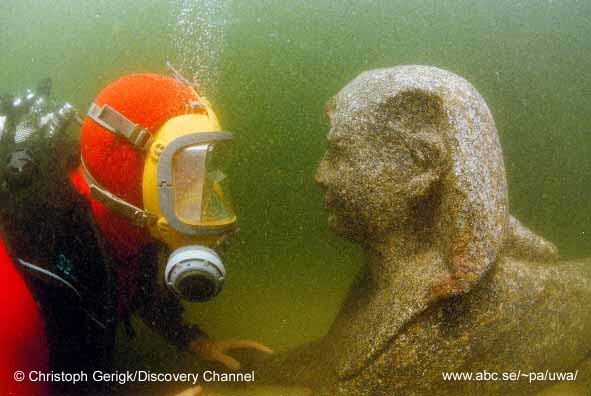
Underwater archaeology - a burgeoning field, full of new archaeological performances which are becoming more and more 'naturalized' within the discpline, and yet which are still largely informed by the 'rules of performance' in terrestrial archaeology
